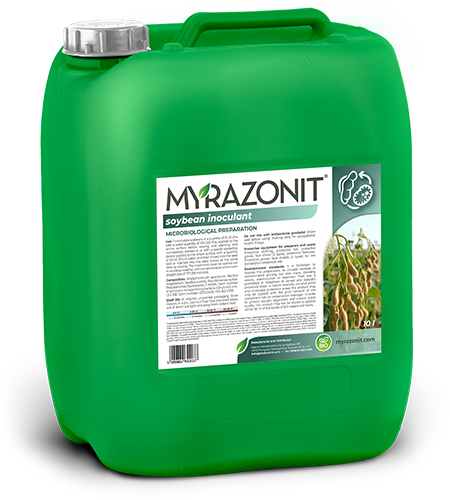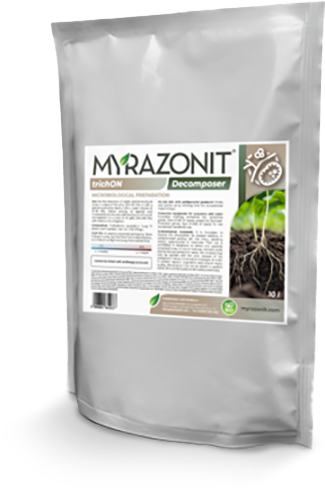Rapeseed farming is an essential agricultural practice, primarily valued for the production of rapeseed oil and animal feed. This vibrant yellow-flowering crop thrives in temperate climates, making it popular in regions such as Europe, Canada, and parts of Asia. It is especially renowned for its high oil content, which is processed into both cooking oil and biodiesel, contributing significantly to the global edible oil market and renewable energy sources. The cultivation of rapeseed typically occurs in well-drained soils and requires specific weather conditions that include ample sunlight and moderate rainfall to optimize growth.
Corn is a vital crop cultivated globally for food, animal feed, and industrial purposes, including biofuels and various products. It grows best in warm, well-drained soils with consistent moisture. Typically planted in spring, corn requires 60 to 100 days to reach maturity, depending on the variety. Successful cultivation involves proper soil preparation, pest management, and efficient irrigation. The crop is harvested when the kernels are mature and dry. Corn’s high yield, adaptability, and wide range of uses make it a cornerstone of agriculture, playing a critical role in food production, economies, and numerous industries worldwide.
Sunflower farming is an important agricultural practice, especially for producing edible oil, seeds, and biofuels. Sunflowers thrive in well-drained soils with full sunlight and moderate rainfall. Planting typically occurs in spring, and the growing season lasts around 70 to 100 days, depending on the variety. Sunflowers are known for their resilience, growing in a range of soil types. Effective pest control, weed management, and irrigation are key for optimal yields. The plants are harvested when the seeds are mature and the heads turn brown. Sunflowers contribute significantly to global food production and agriculture.
Soybean farming is essential for producing oil, protein-rich meal, and a variety of food and industrial products. Soybeans grow best in well-drained, fertile soils with moderate rainfall and temperatures between 21-32°C. Planting typically occurs in late spring, with a growing season of 4-6 months. Effective soybean farming requires proper soil preparation, pest management, and crop rotation to maintain soil health. The plants are harvested when the beans are mature, and the pods turn yellow or brown. Soybeans are a key component in global food systems, animal feed, and biofuel production, contributing significantly to agriculture and economies worldwide.


bacterial strains
(Pseudomonas putida,
Azotobacter chroococcum,
Bacillus circulans,
Bacillus megaterium),
nutrient solution
10⁹ CFU /cm³
10-20 liter/ha


bacterial strains
(Pseudomonas putida,
Pseudomonas fluorescens,
Bacillus megaterium,
Bacillus subtilis),
nutrient solution
10⁹ CFU /cm³
10-20 liter/ha


bacterial strains
(Bacillus subtilis,
Pseudomonas fluorescens),
nutrient solution
2,23 x 10⁸ CFU /cm³
10-20 liter/ha


bacterial strains
(Bradyrhizobium japonicum,
Bacillus megaterium,
Bacillus subtilis,
Pseudomonas putida,
Pseudomonas fluorescens),
nutrient solution
8 x 10⁸ CFU /cm³
10-20 liter/ha


bacterial strains
(Bacillus circulans,
Azotobacter chroococcum,
Pseudomonas putida,
Bacillus megaterium),
nutrient solution
4 x 10⁸ CFU /cm³
10-20 liter/ha


Trichoderma asperellum
10⁹ CFU /cm³
foliar treatment 20 gramm/ha,
stuble decomposition 50 g/ha


Trichoderma asperellum
10⁹ CFU /cm³
foliar treatment 20 gramm/ha,
stuble decomposition 50 g/ha


N (113g/l),P (44g/l), P2O5 (101g/l), K (94g/l), K2O (113g/l), B chelate (2.9g/l), Cu chelate (0.63g/l), Zn chelate (0.38g/l), Fe chelate (0.38g/l), Mo chelate (0.23g/l), Mn chelate (0.76g/l),
humic sub stances (26 g/l),
organic acids and fructose
4-10 liter/ha


N (113g/l),P (44g/l), P2O5 (101g/l), K (94g/l), K2O (113g/l), B chelate (2.9g/l), Cu chelate (0.63g/l), Zn chelate (0.38g/l), Fe chelate (0.38g/l), Mo chelate (0.23g/l), Mn chelate (0.76g/l),
humic sub stances (26 g/l),
organic acids and fructose
4-10 liter/ha


N (181g/l), S (24.2 g/l), SO3 (60.5 g/l), B chelate (0.12g/l), Mg (18.15g/l), MgO (30.25g/l), Cu chelate (0.17g/l), Zn chelate (0.17g/l), Fe chelate (0.3g/l), Mo chelate (0.06g/l), Mn chelate (0.17g/l)
30 liter/ha


B chelate (150 g/l)
2 liter/ha


N (200 g/l),
S (310 g/l)
2-5 liter/ha


Zn chelate (60 g/l)
2-4 liter/ha

By giving your email address you agree to our privacy policy.







